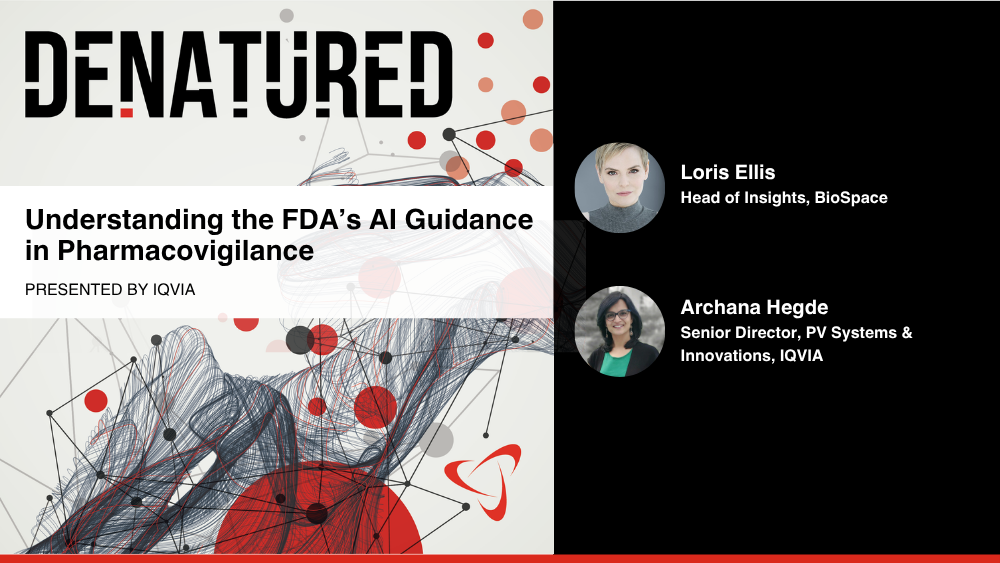MELBOURNE, AUSTRALIA--(Marketwired - October 30, 2013) - Prana Biotechnology (ASX: PBT) (NASDAQ: PRAN),
- PBT2 Increases numbers of Neurons in the brain
- PBT2 increases numbers of Synapses in the brain
- PBT2 increases NMDA and AMPA levels
- PBT2 increases Protein Phosphatase 2a (PP2a)
Prana Biotechnology (ASX: PBT) (NASDAQ: PRAN), a leading global developer of first-in-class treatments for neurodegenerative disease, has today announced the publication of an article in the peer reviewed Aging Cell showing the effects of PBT2 on neurogenesis and in reversing the memory and learning losses associated with the aging process, in normal (ie non transgenic) old mice.
The paper, entitled "A Novel Approach To Rapidly Prevent Age-Related Cognitive Decline", appears in the journal Aging Cell available now online here*. The authors were led by Associate Professor Paul Adlard, Head, Synaptic Neurobiology Laboratory, The Florey Institute of Neuroscience and Mental Health.
"It is very exciting to discover that PBT2 not only helps clear amyloid from the brain, but is promoting the birth of new nerve cells in a part of the brain that is particularly affected by Alzheimer's disease, the hippocampus. This now adds to the predicted beneficial properties of PBT2 for the treatment and prevention of Alzheimer's disease," commented Dr Rudy Tanzi, Professor of Neurology at Harvard Medical School, Vice Chair of Neurology at Massachusetts General Hospital, and Prana's Chief Scientific Advisor.
Age-related cognitive decline occurs in humans along with all other mammals. Data in this publication, describes how PBT2 reversed both memory and cognitive loss in aged mice.
Previously Prana reported the positive effects of PBT2 on increasing neuronal number, synaptic density and up regulation of critical markers of synaptic function and plasticity in an transgenic animal model of Alzheimer's disease, as well as significantly improved cognition (see Prana press release 21 March 2011 here). These new findings are in normal old mice that have not been genetically modified and do not form amyloid.
"In my view, these data help explain why other Alzheimer's therapies that solely target Abeta or tau pathology may, at best, be only partially effective. PBT2, by addressing metal induced oligomer formation, restoring metal balance in affected brain regions, and by promoting new neuronal cell growth, elicits a distinct set of disease modifying effects. Thus PBT2 may not only ameliorate Alzheimers pathology, but perhaps other detrimental aspects of aging on the brain," concluded Dr Tanzi.
Synopsis of the Aging Cell publication
Typically mice live for 24 to 30 months, developing progressive cognitive impairment from 16 to 18 months. Age related cognitive decline is associated with measurable structural and biochemical changes in the brain, which were significantly improved by PBT2. In the study 22 month old mice were treated with PBT2 for a total of 12 days.
- PBT2 restored learning and memory. The old mice treated with PBT2 performed learning and memory tasks to the same level exhibited by young mice and significantly better than untreated old mice (p < .01 or better).
- PBT2 Increases markers of neurogenesis and neuron number:
a) Increased number of mature neurons by up to 27% in the hippocampus
b) Increased markers of cell proliferation by 67% and markers of numbers of immature neurons by 130% in the hippocampus.
c) Neuronal proliferation markers were elevated around the lateral ventricles by 214% (atrophy of peri-ventricular tissue is a feature of Huntington's disease) - PBT2 increases numbers of synapses in the hippocampus:
a) Synaptophysin levels increased by 38%
b) Dendritic spine density increased by 15% - PBT2 increases glutamate receptor levels in the hippocampus:
a) NMDA R2b levels increased by 88%
b) AMPA levels increased by 97% - PBT2 increases Protein Phosphotase 2a (PP2a) in the hippocampus:
a) PP2a increased by 22%
b) Phosphorylated Tau levels decreased by 81%
* Adlard et al, A Novel Approach To Rapidly Prevent Age-Related Cognitive Decline
http://onlinelibrary.wiley.com/doi/10.1111/acel.12178/pdf
About Prana Biotechnology Limited
Prana Biotechnology was established to commercialise research into Alzheimer's disease and other major age-related neurodegenerative disorders. The Company was incorporated in 1997 and listed on the Australian Stock Exchange in March 2000 and listed on NASDAQ in September 2002. Researchers at prominent international institutions including The University of Melbourne, The Mental Health Research Institute (Melbourne) and Massachusetts General Hospital, a teaching hospital of Harvard Medical School, contributed to the discovery of Prana's technology.
PBT2 is currently the subject of the Phase II IMAGINE trial in AD and the Phase II Reach2HD trial in Huntington's disease. Both trials are expected to report results in Q1 2014.
For further information please visit the Company's web site at www.pranabio.com.
Forward Looking Statements
This press release contains "forward-looking statements" within the meaning of section 27A of the Securities Act of 1933 and section 21E of the Securities Exchange Act of 1934. The Company has tried to identify such forward-looking statements by use of such words as "expects," "intends," "hopes," "anticipates," "believes," "could," "may," "evidences" and "estimates," and other similar expressions, but these words are not the exclusive means of identifying such statements. Such statements include, but are not limited to any statements relating to the Company's drug development program, including, but not limited to the initiation, progress and outcomes of clinical trials of the Company's drug development program, including, but not limited to, PBT2, and any other statements that are not historical facts. Such statements involve risks and uncertainties, including, but not limited to, those risks and uncertainties relating to the difficulties or delays in financing, development, testing, regulatory approval, production and marketing of the Company's drug components, including, but not limited to, PBT2, the ability of the Company to procure additional future sources of financing, unexpected adverse side effects or inadequate therapeutic efficacy of the Company's drug compounds, including, but not limited to, PBT2, that could slow or prevent products coming to market, the uncertainty of patent protection for the Company's intellectual property or trade secrets, including, but not limited to, the intellectual property relating to PBT2, and other risks detailed from time to time in the filings the Company makes with Securities and Exchange Commission including its annual reports on Form 20-F and its reports on Form 6-K. Such statements are based on management's current expectations, but actual results may differ materially due to various factions including those risks and uncertainties mentioned or referred to in this press release. Accordingly, you should not rely on those forward-looking statements as a prediction of actual future results.
Contacts:
Investor Relations
Global (ex USA):
Rebecca Wilson
T: +61 3 8866 1216
rwilson@buchanwe.com.au
USA:
Vivian Chen
T: +1 646-284-9472
Vivian.Chen@grayling.com
Media Relations
Ben Oliver
T: +61 3 8866 1233
boliver@buchanwe.com.au
Help employers find you! Check out all the jobs and post your resume.




